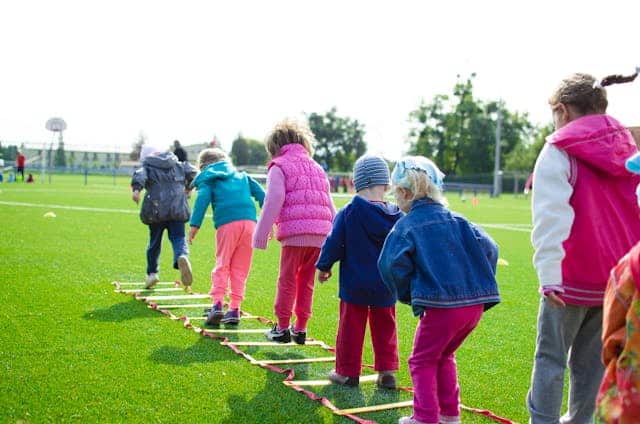
Podcast: Sedentary Time and Physical Activity Effects on Childhood Lipid Levels
February 13, 2024
The influence of hospital and home environments on physical activity and sedentary behaviour: Perceptions of people recovering from fractures
March 4, 2024Congratulations to Dr. Vicki Brown and colleagues on their new publication entitled, “Cost-effectiveness of reducing children’s sedentary time and increasing physical activity at school: the Transform-Us! intervention” recently published in International Journal of Behavioral Nutrition and Physical Activity. A full citation and summary are below.
ABSTRACT
Background
Improving physical activity and reducing sedentary behavior represent important areas for intervention in childhood in order to reduce the burden of chronic disease related to obesity and physical inactivity in later life. This paper aims to determine the cost-effectiveness of a multi-arm primary school-based intervention to increase physical activity and/or reduce sedentary time in 8–9 year old children (Transform-Us!).Methods
Modelled cost-utility analysis, using costs and effects from a cluster randomized controlled trial of a 30-month intervention that used pedagogical and environmental strategies to reduce and break up sedentary behaviour (SB-I), promote physical activity (PA-I), or a combined approach (PA + SB-I), compared to current practice. A validated multiple-cohort lifetable model (ACE-Obesity Policy model) estimated the obesity and physical activity-related health outcomes (measured as change in body mass index and change in metabolic equivalent task minutes respectively) and healthcare cost-savings over the cohort’s lifetime from the public-payer perspective, assuming the intervention was delivered to all 8–9 year old children attending Australian Government primary schools. Sensitivity analyses tested the impact on cost-effectiveness of varying key input parameters, including maintenance of intervention effect assumptions.Results
Cost-effectiveness results demonstrated that, when compared to control schools, the PA-I and SB-I intervention arms were “dominant”, meaning that they resulted in net health benefits and healthcare cost-savings if the intervention effects were maintained. When the costs and effects of these intervention arms were extrapolated to the Australian population, results suggested significant potential as obesity prevention measures (PA-I: 60,780 HALYs saved (95% UI 15,007-109,413), healthcare cost-savings AUD641M (95% UI AUD165M-$1.1B); SB-I: 61,126 HALYs saved (95% UI 11,770 − 111,249), healthcare cost-savings AUD654M (95% UI AUD126M-1.2B)). The PA-I and SB-I interventions remained cost-effective in sensitivity analysis, assuming the full decay of intervention effect after 10 years.Conclusions
The PA-I and SB-I Transform-Us! intervention arms represent good value for money and could lead to health benefits and healthcare cost-savings arising from the prevention of chronic disease in later life if intervention effects are sustained.
CITATION
Brown, V., Sheppard, L., Salmon, J. et al. (2024). Cost-effectiveness of reducing children’s sedentary time and increasing physical activity at school: the Transform-Us! intervention. International Journal of Behavioral Nutrition and Physical Activity, 21(15) https://doi.org/10.1186/s12966-024-01560-3
Photo by Lukas on pexels




